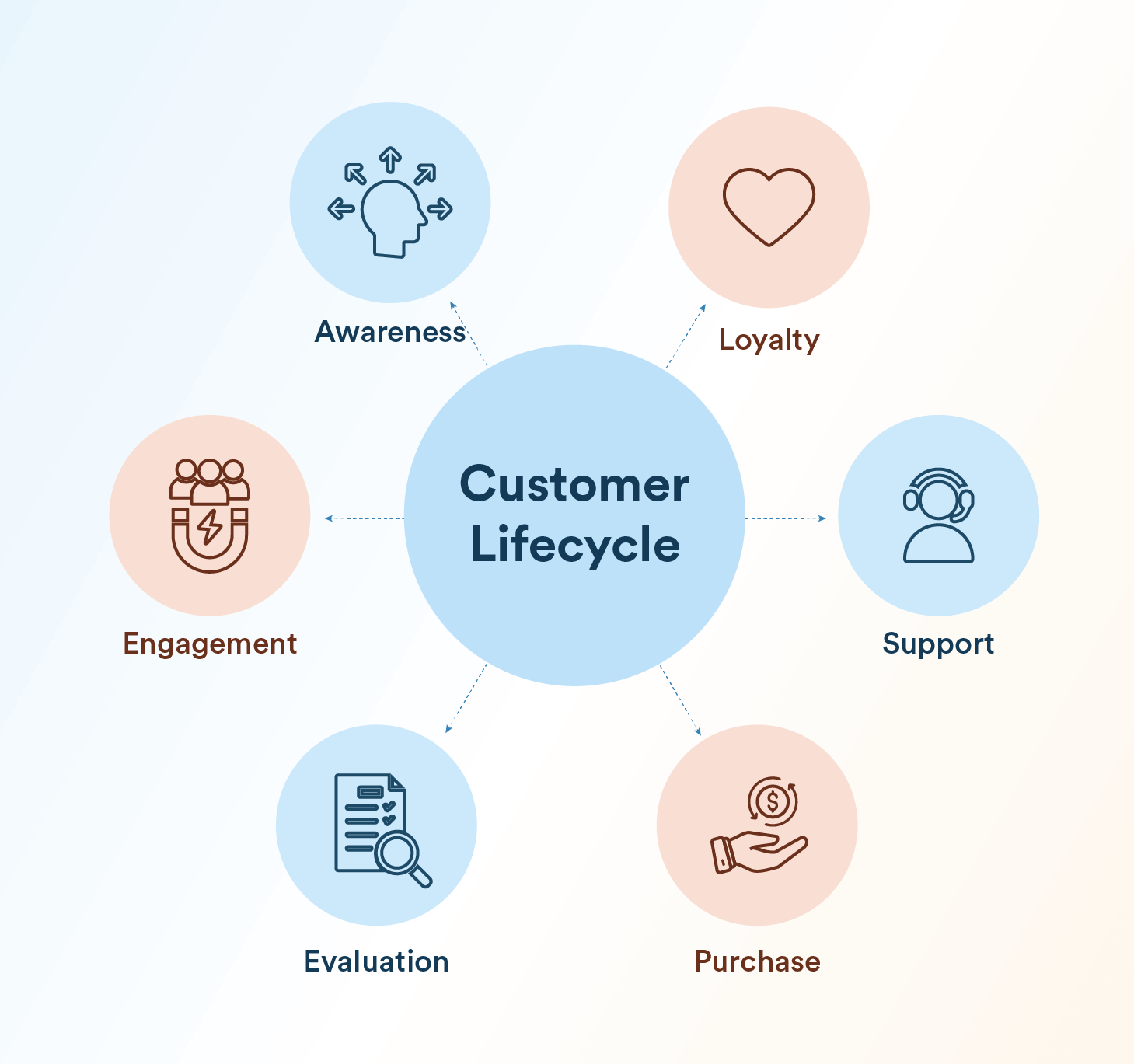Elevate Your Digital Presence
Explore tips and strategies to enhance your online engagement.
Marketing to Win: Understanding the Player Lifecycle Like a Pro
Unlock the secrets to mastering the player lifecycle! Discover expert marketing strategies that drive engagement and boost your success today!
Maximizing Player Engagement: Strategies for Each Stage of the Player Lifecycle
Maximizing player engagement is crucial for the success of any gaming platform, and it requires a tailored approach at each stage of the player lifecycle. Effective onboarding is the first step; introducing players to game mechanics through interactive tutorials and engaging narratives not only enhances understanding but also sets the foundation for a lasting relationship. Once players are onboarded, maintaining their interest is key. Implementing regular content updates, seasonal events, and personalized challenges can help in keeping players engaged and looking forward to what’s next.
As players progress through the lifecycle, it’s essential to leverage feedback and analytics to guide your strategies. Utilizing methods such as in-game surveys and monitoring player behavior can provide insights on how to refine the experience. For those who may start to wane in interest, re-engagement campaigns, such as exclusive rewards or targeted messaging based on past behavior, can reinvigorate their enthusiasm. Ultimately, by addressing the unique needs at each stage—onboarding, engagement, retention, and re-engagement—you can significantly enhance player satisfaction and drive the overall success of your game.

Counter-Strike is a popular first-person shooter game that has been a staple in the esports community for years. Players can engage in thrilling multiplayer battles, strategizing their approaches to complete objectives or eliminate the opposing team. If you're looking to enhance your gaming experience, check out the betpanda promo code for some exciting offers. This game challenges players' skills and teamwork, making each match unique and engaging.
The Player Journey: Key Metrics and Insights for Effective Marketing
The player journey is an essential concept in understanding how gamers interact with your content, and it encompasses various stages that highlight their experiences. To effectively market your game, it's crucial to track key metrics throughout each stage of this journey, from awareness to retention. Key metrics such as user acquisition costs, player engagement rates, and lifetime value play a significant role in shaping your marketing strategies. By analyzing these metrics, marketers can tailor their campaigns to target potential players more effectively, ensuring that they provide the right content at the right time.
In addition to quantitative metrics, gaining qualitative insights can enhance your understanding of the player experience. Conducting player surveys, focus groups, or user interviews can yield valuable feedback regarding players' motivations and satisfaction levels. These insights can be directly integrated into marketing efforts, allowing you to create more personalized and engaging content. By focusing on both numerical data and qualitative feedback, marketers can optimize their strategies, maximize player acquisition, and enhance overall satisfaction throughout the player journey.
What is the Player Lifecycle and How Can It Transform Your Marketing Strategy?
The Player Lifecycle refers to the stages that gamers experience from the moment they first interact with a game until they become loyal players and advocates for it. Understanding this lifecycle is crucial for marketers, as it allows them to tailor their strategies to meet the evolving needs of players at each stage. Typically, the lifecycle can be broken down into four key stages: acquisition, engagement, retention, and advocacy. By recognizing where a player is within this cycle, marketers can create more effective campaigns to drive conversions and enhance user experiences.
Transforming your marketing strategy to align with the Player Lifecycle can lead to increased player satisfaction and a stronger community. For example, during the acquisition phase, utilizing targeted ads and promotional offers can effectively attract new players. Once they are engaged, personalized content and gameplay experiences can help to increase retention. Finally, by leveraging player feedback and encouraging social sharing, you can foster advocacy, turning players into brand ambassadors. Ultimately, a lifecycle-focused marketing approach can create a more sustainable and profitable relationship with your player base.